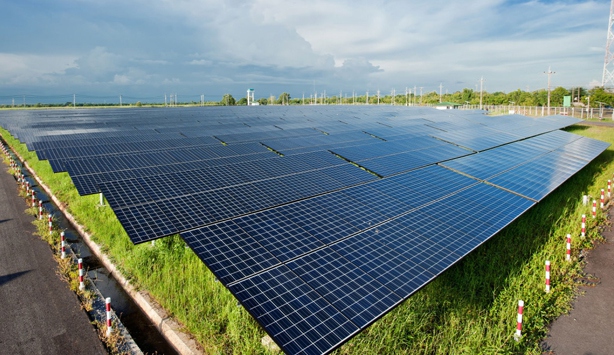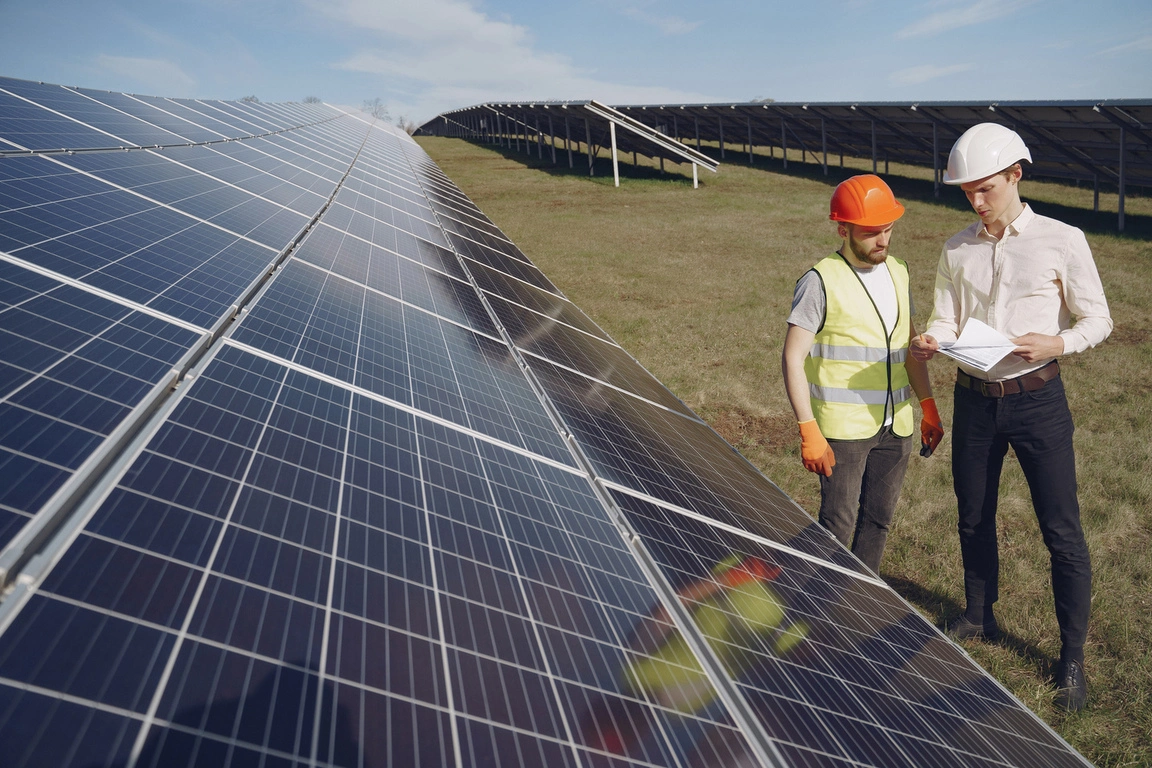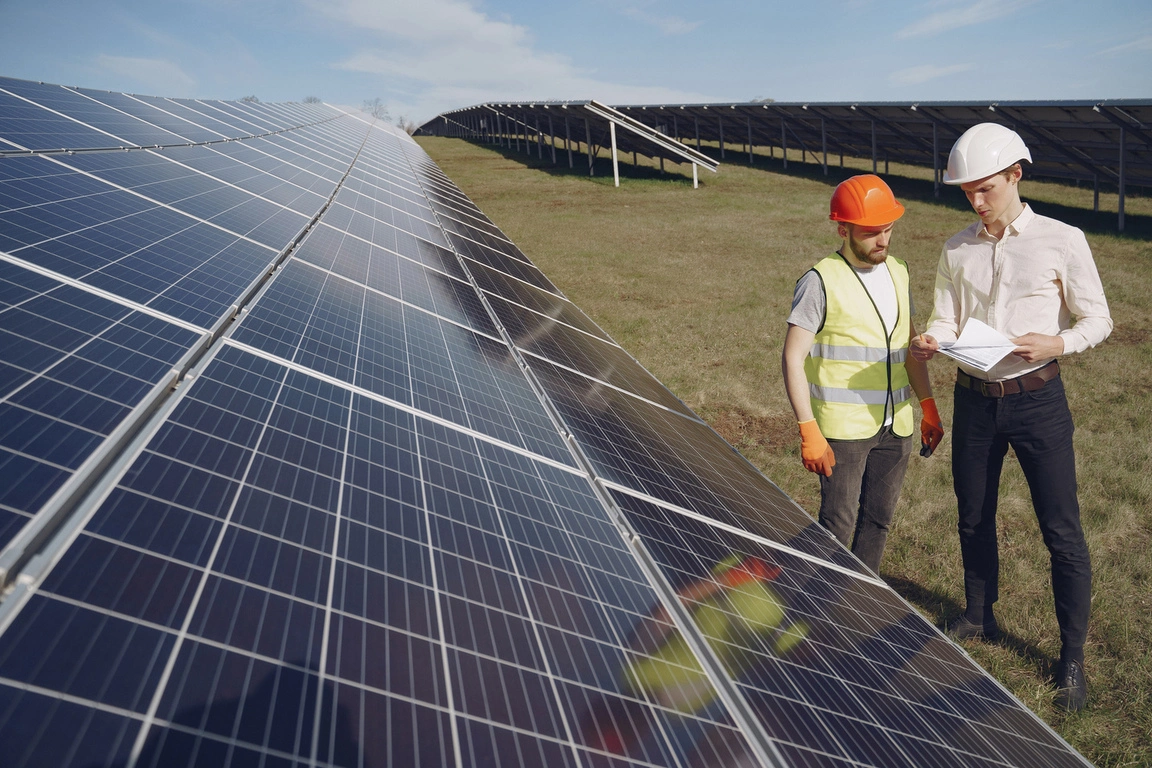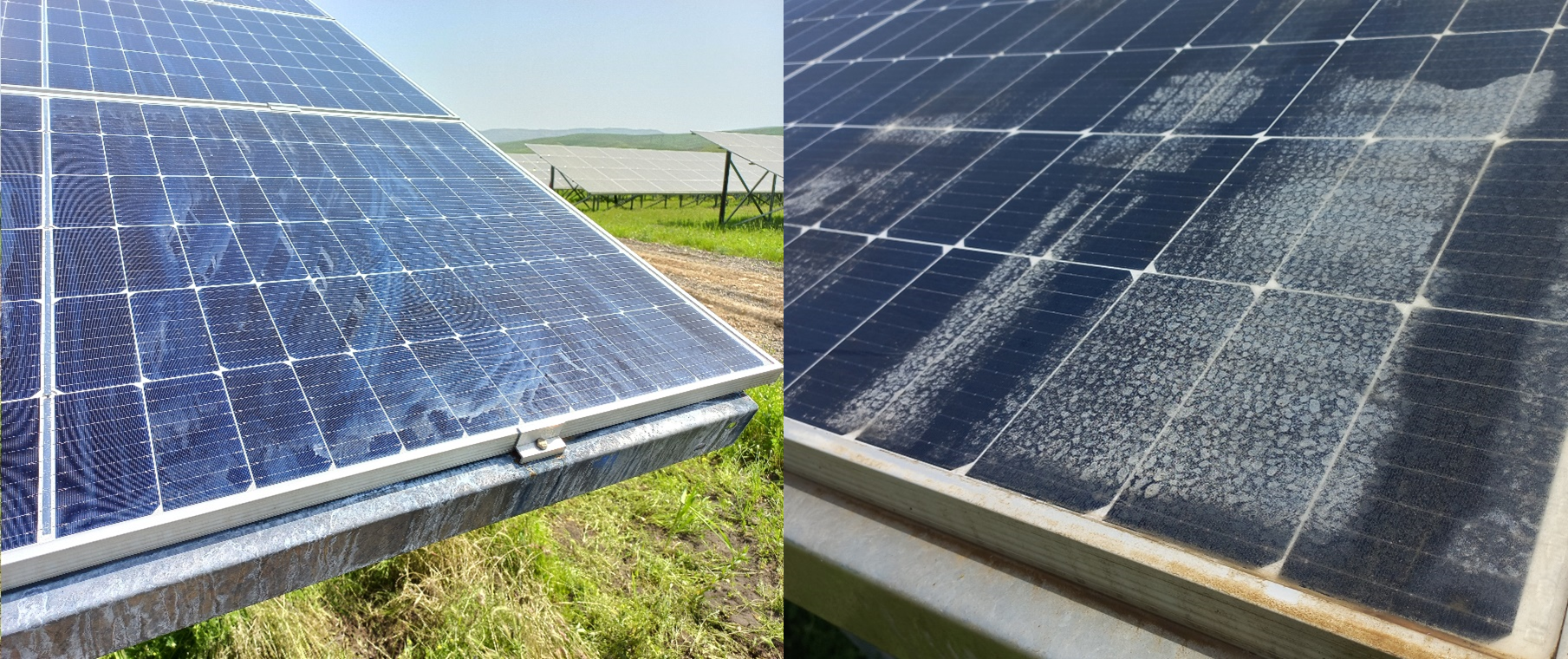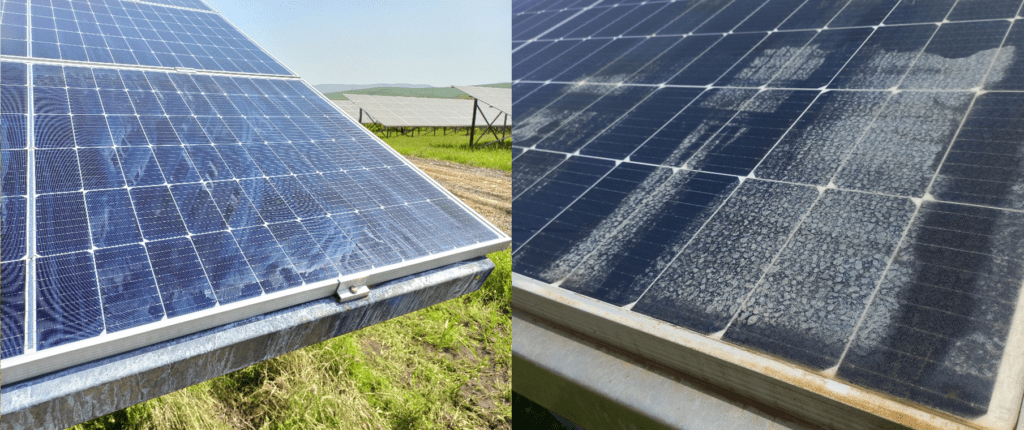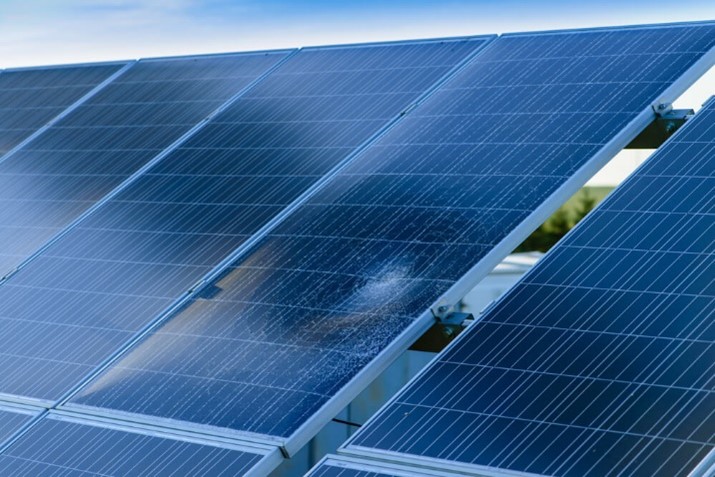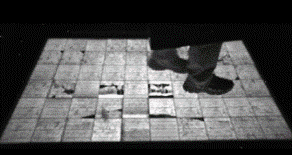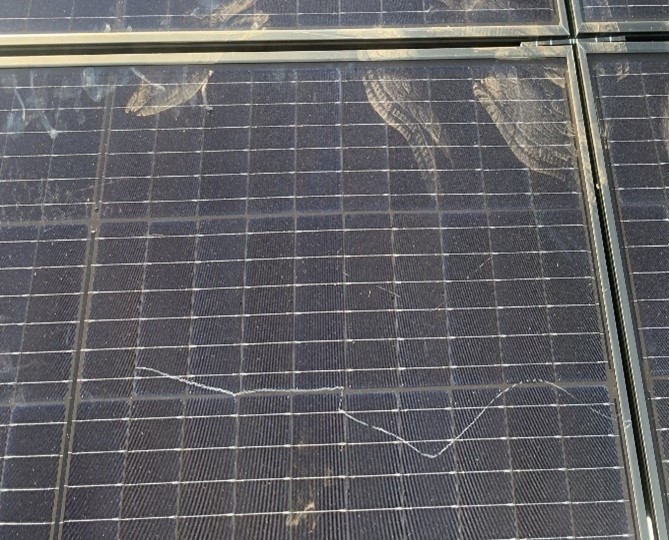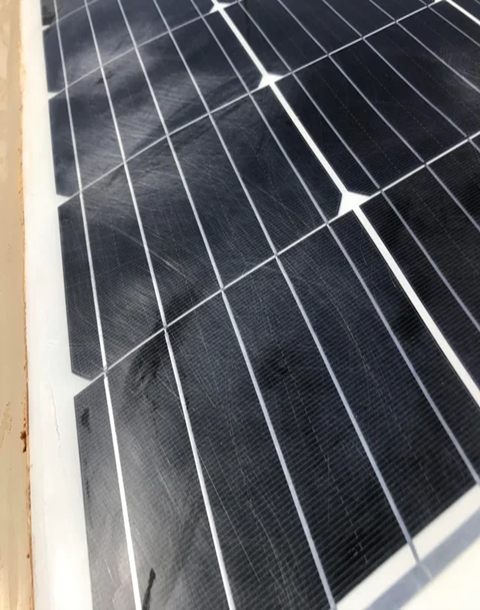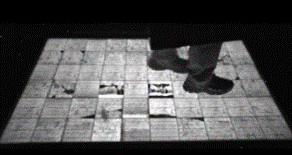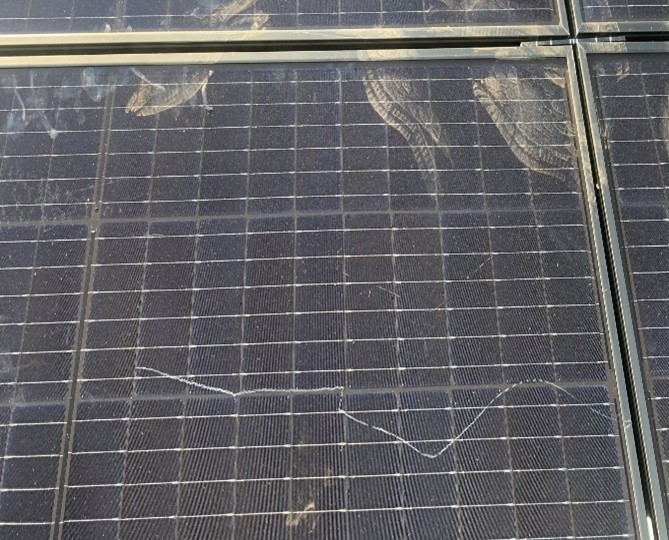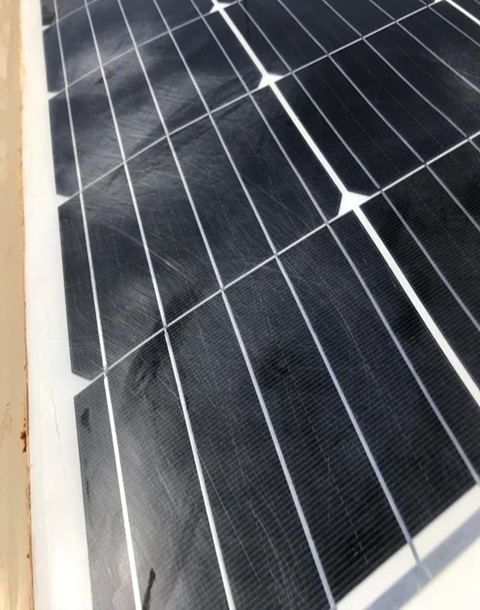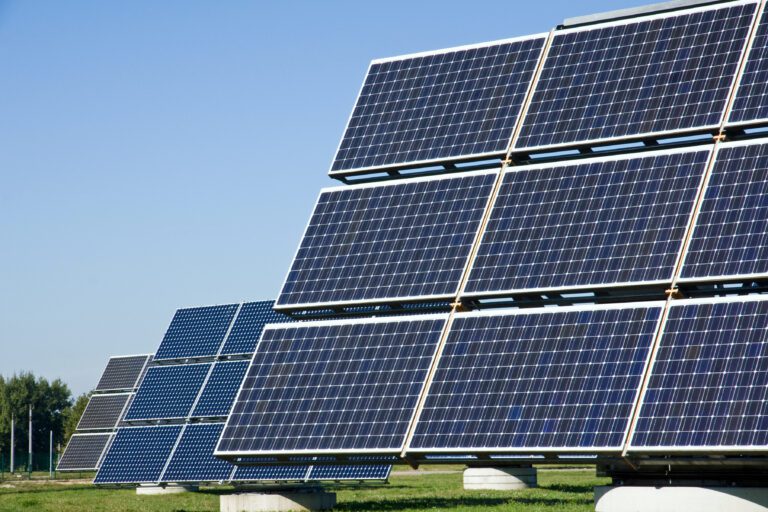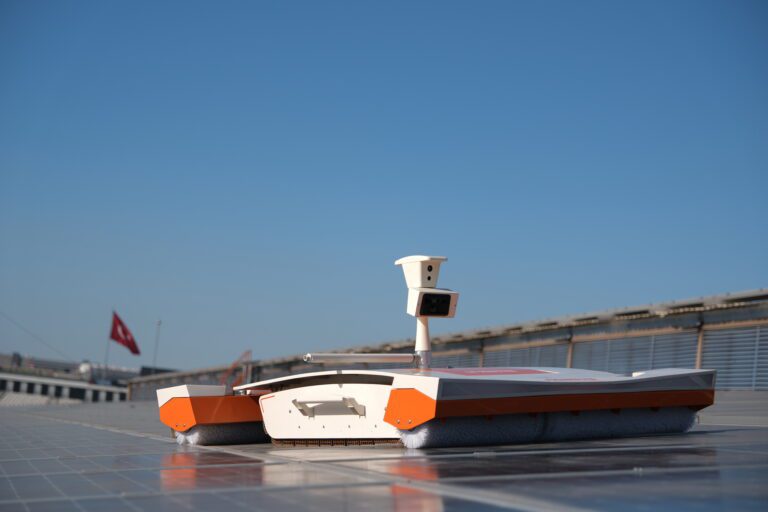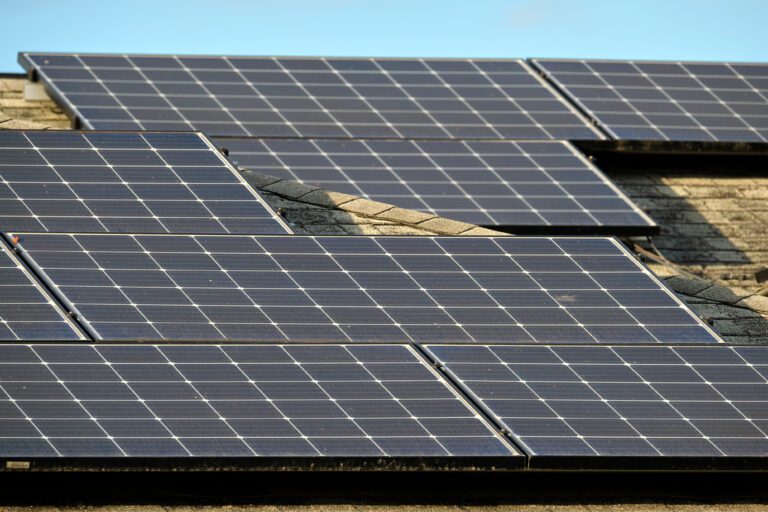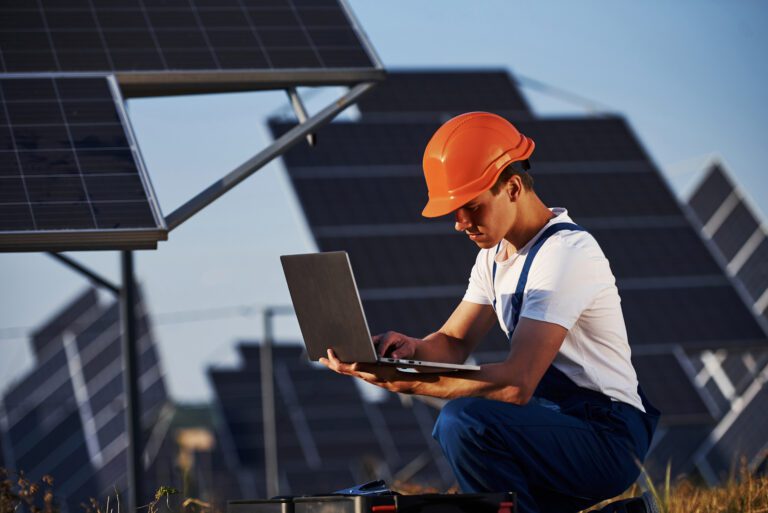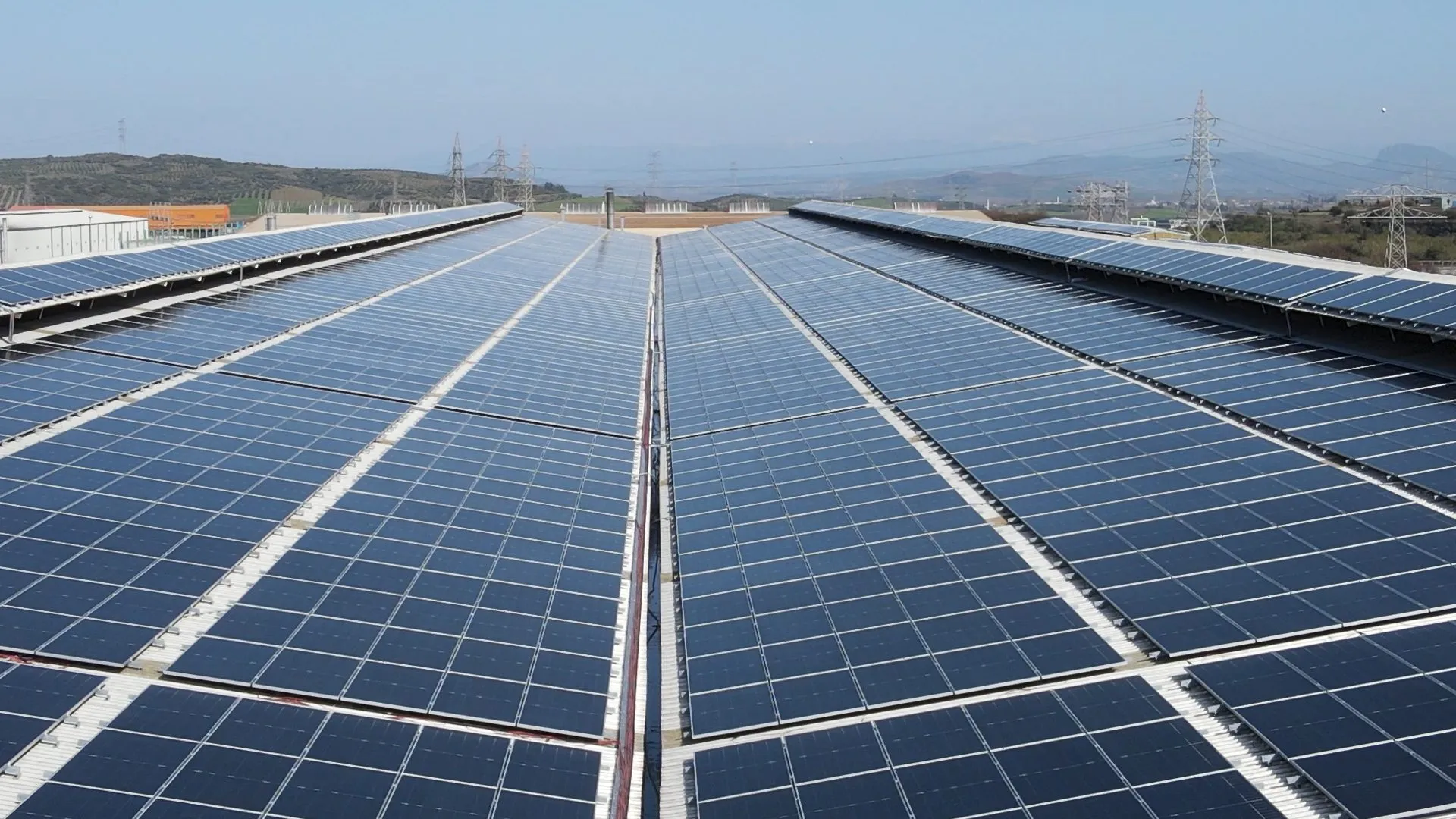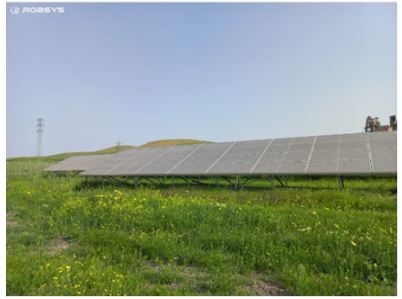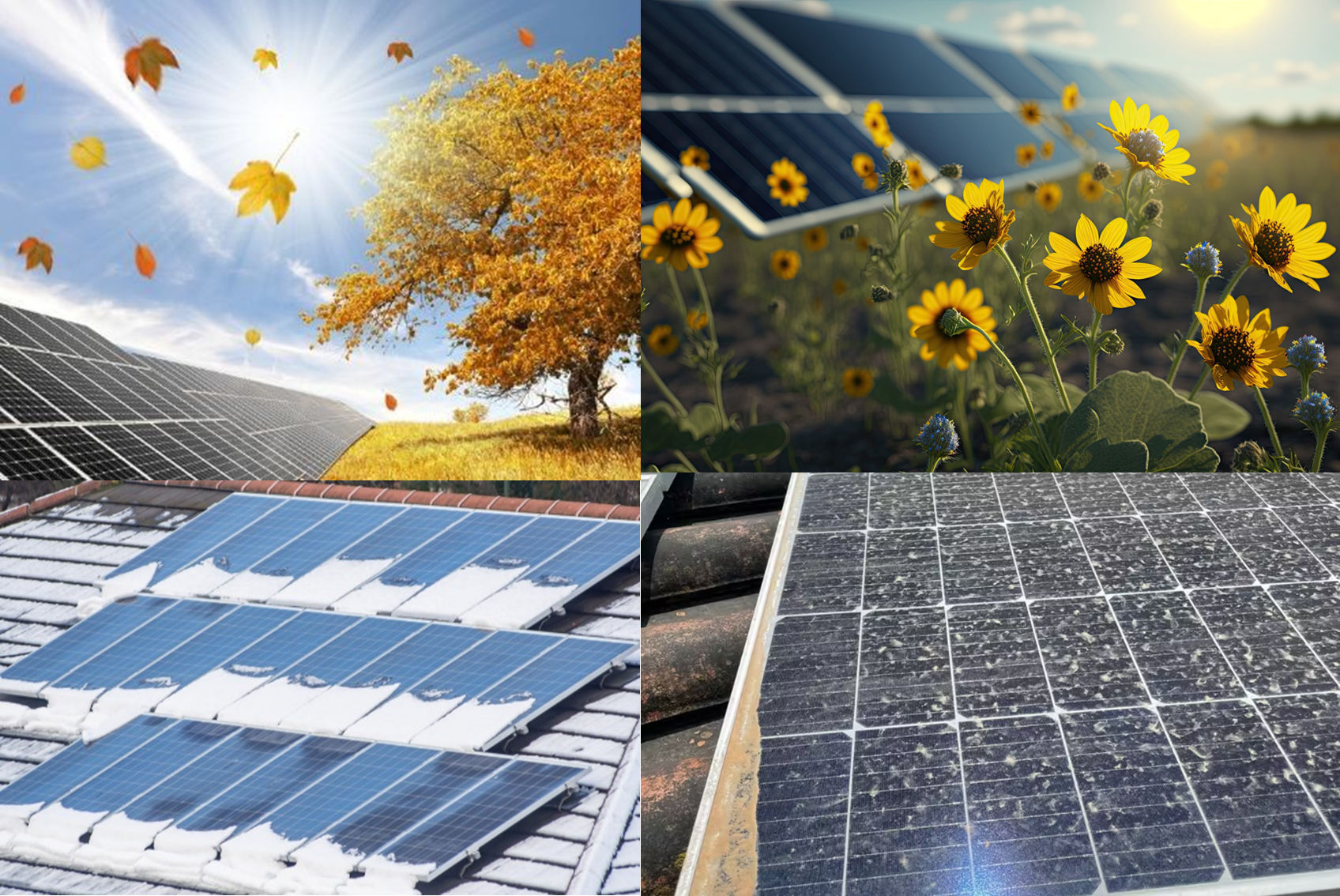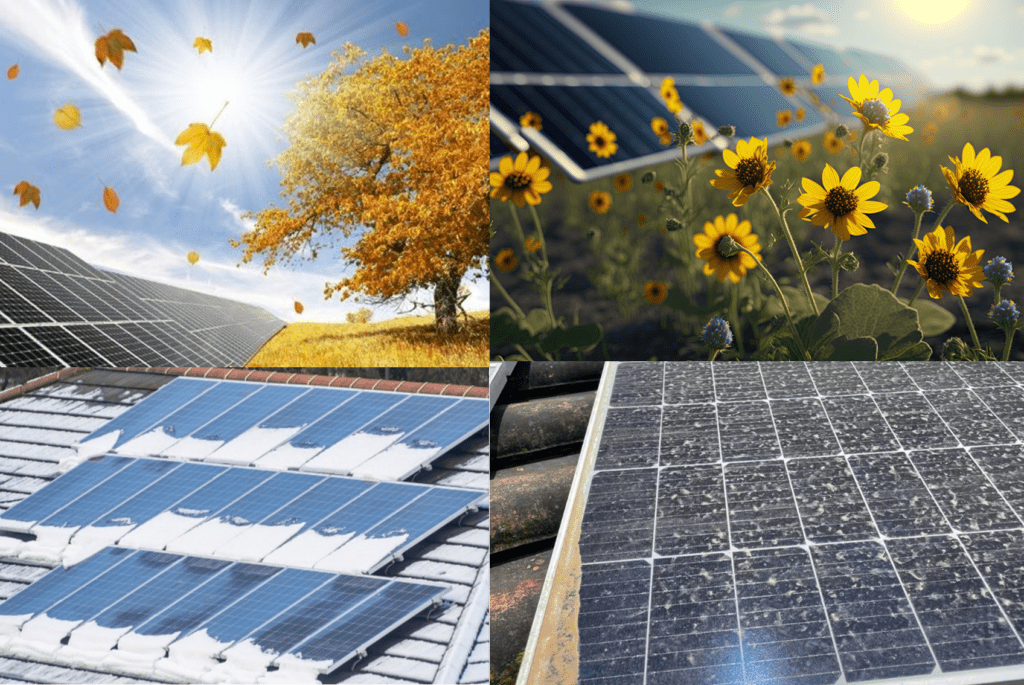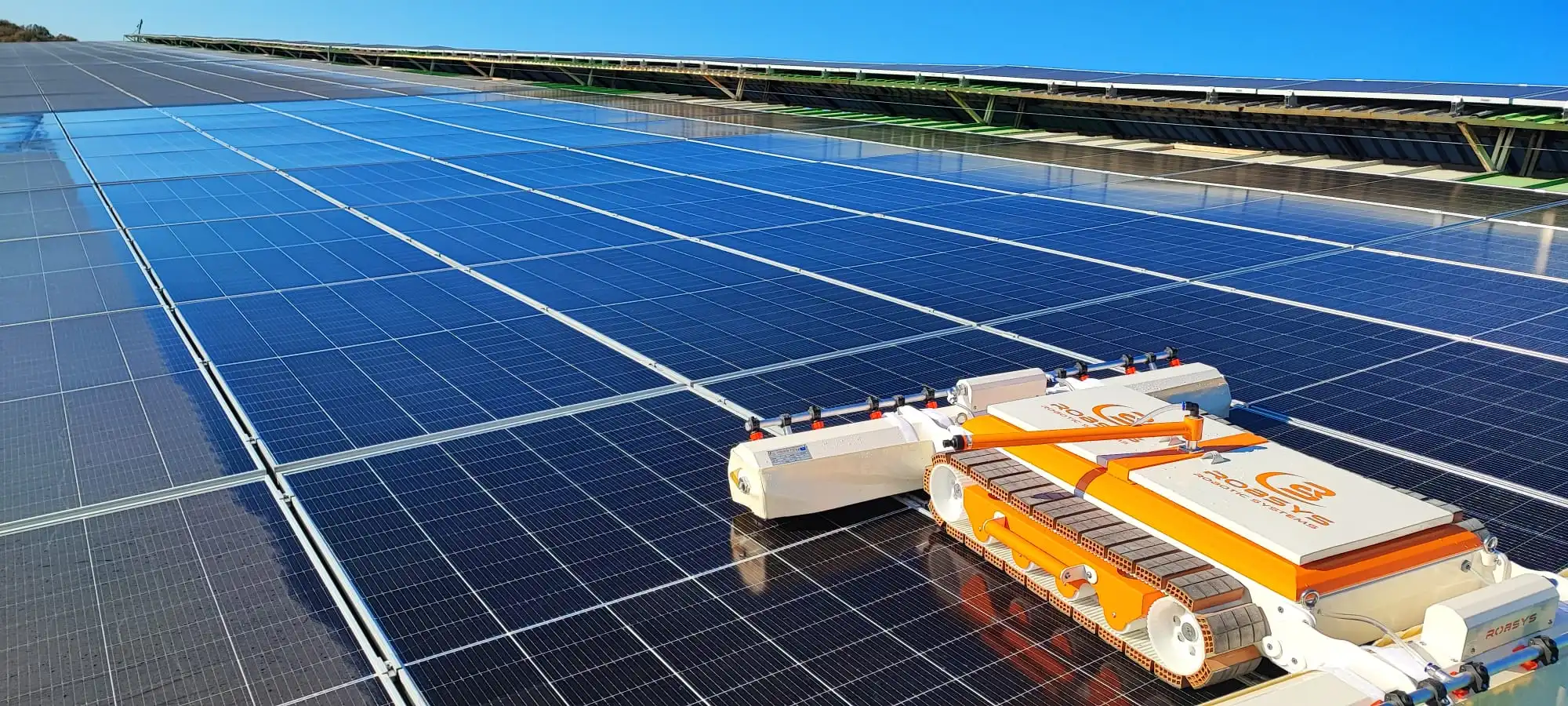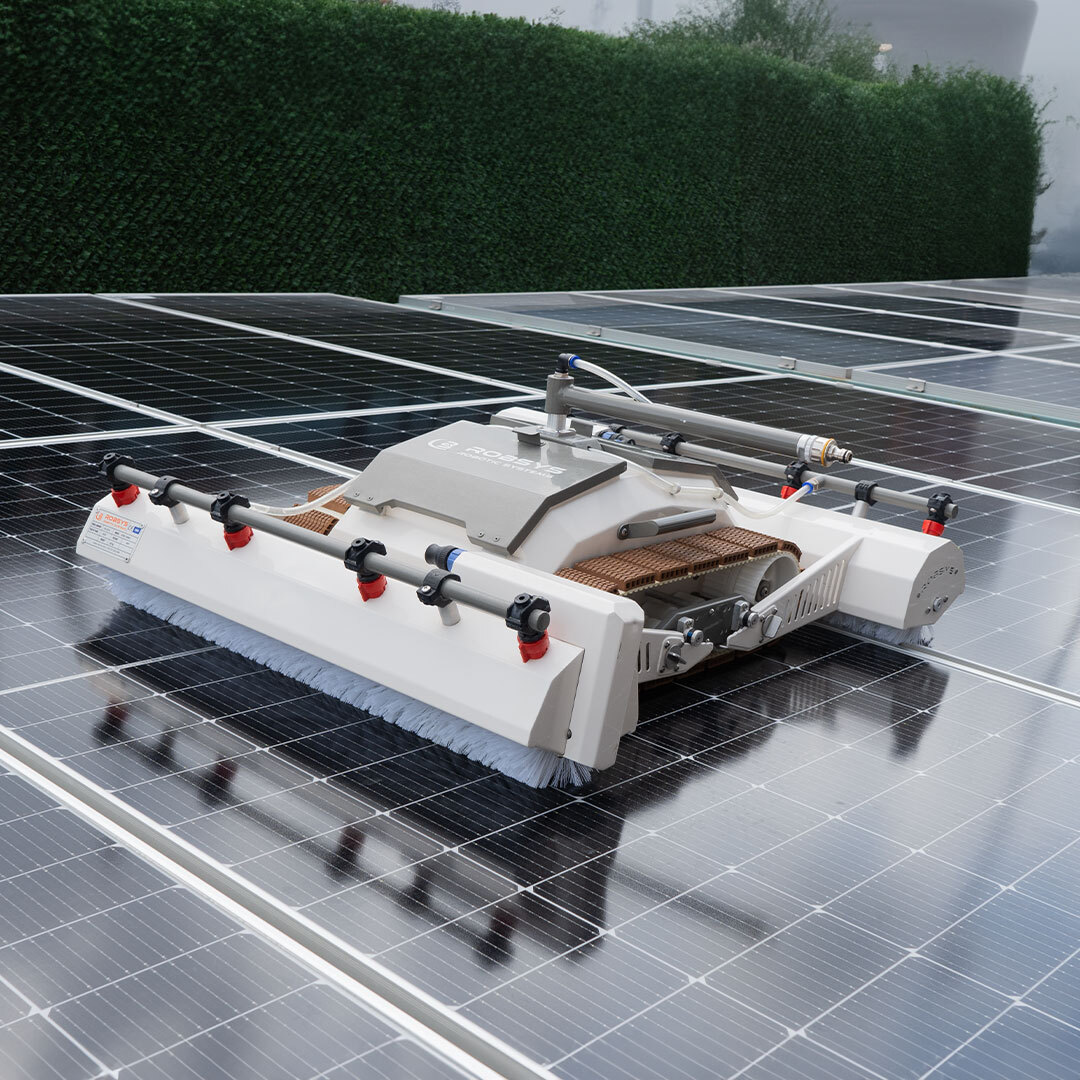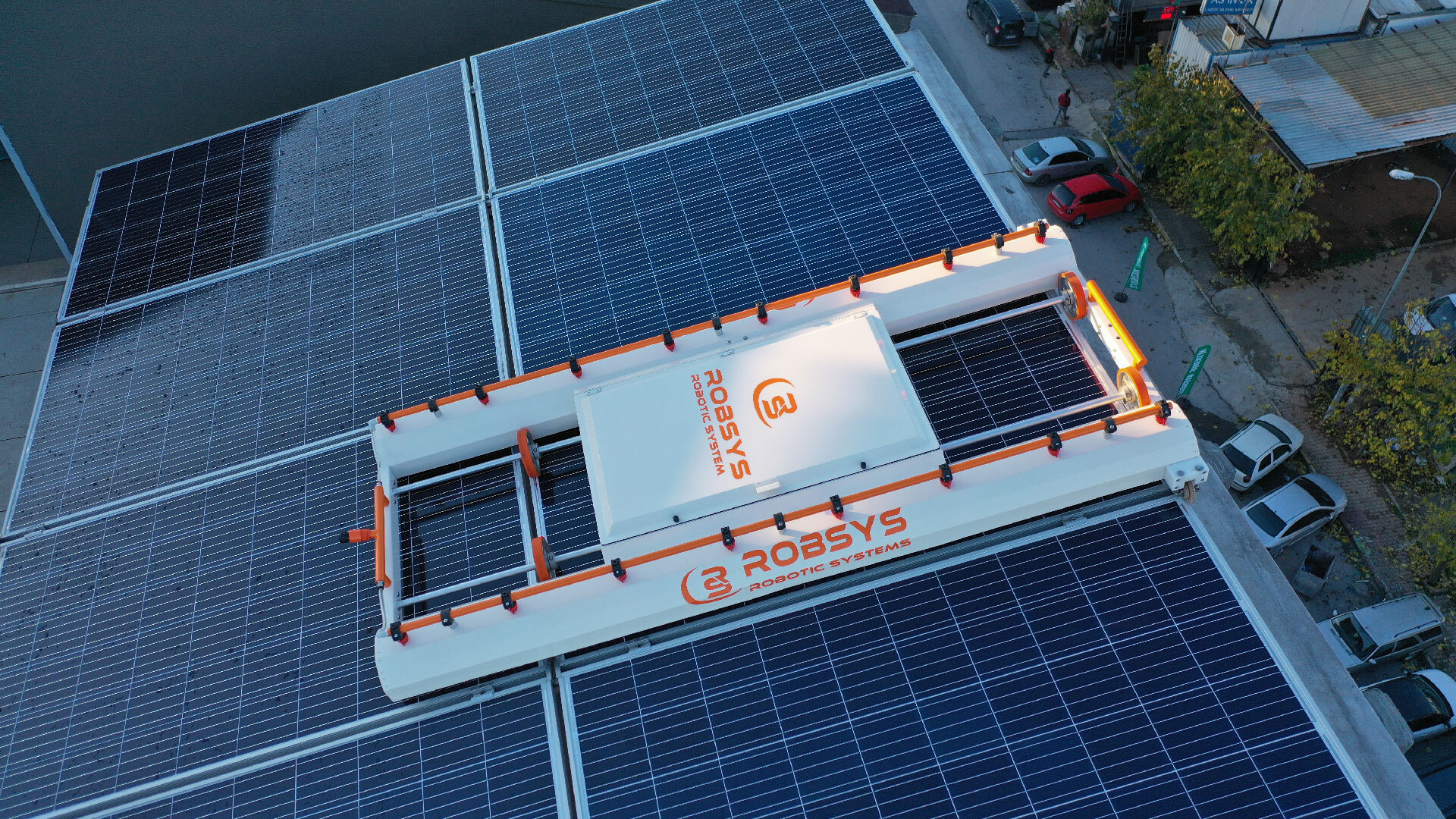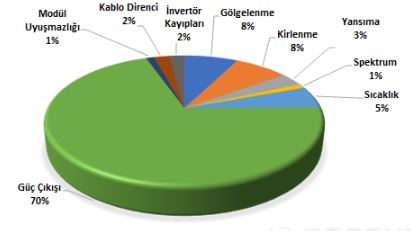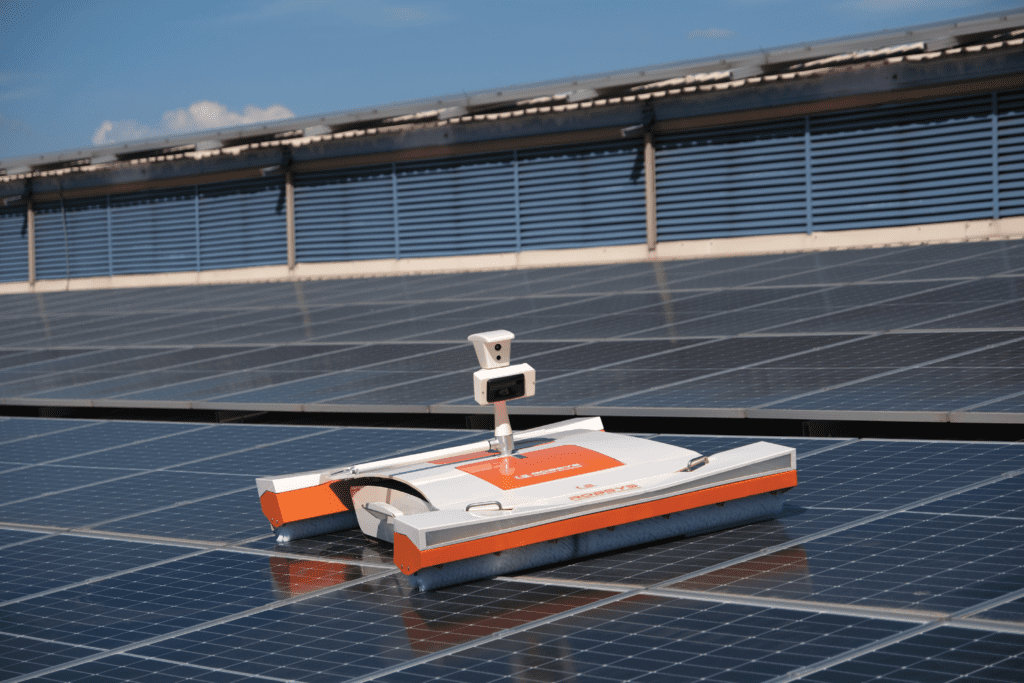Autonomous Cleaning Systems: The Future of Cleaning Technology
Autonomous cleaning systems refer to devices that automate cleaning processes and operate without human intervention. These devices use various technologies to perform cleaning tasks more efficiently and effectively. With advanced sensors, artificial intelligence, and robotic technologies, cleaning tasks are completed faster and with greater precision.
Key examples of autonomous cleaning devices include industrial cleaning robots and autonomous vacuum cleaners. These devices can quickly clean large areas, reduce the need for manual labor, and optimize work processes. Sensors collect environmental data and analyze it to determine cleaning routes, avoid obstacles, and clean various surfaces effectively.
The efficiency of solar panels can be greatly enhanced by regular cleaning. Dirty panels cannot convert sunlight into electricity effectively. Autonomous cleaning robots are specially designed to address this problem. These robots efficiently clean the dirt and dust from solar panels.
There are several advantages to using autonomous robots in solar panel cleaning:
- Time and Labor Savings: Autonomous cleaning robots can operate without human intervention, saving labor and time.
- Effective Cleaning: These robots use specialized brushes and cleaning systems to effectively remove dirt from the panels, boosting energy efficiency and optimizing panel performance.
- Ability to Work in Harsh Conditions: Autonomous robots can typically work in harsh weather conditions and at high altitudes, making them particularly advantageous for large and hard-to-reach solar power farms.
- Energy Efficiency: Cleaning robots ensure that solar panels operate at maximum efficiency. Since dirty panels cannot absorb sunlight efficiently, regular cleaning can increase energy production.
- Safety: Reducing human intervention in high and dangerous areas improves safety by minimizing the risk of injury to cleaning personnel and damage to the panels.
Autonomous cleaning systems modernize cleaning processes and offer significant benefits in specialized applications like solar panel cleaning. These technologies increase efficiency, save labor and time, enhance safety, and optimize energy production.
Prepared by: Batuhan Mert LAÇİNKAYA
For your questions: batuhanlacinkaya@rob-sys.com
Date: 24.12.2024
The entire content of this website, including but not limited to code, design, text, images, videos, and all other elements, is protected under the provisions of Law No. 5846 on Intellectual and Artistic Works and applicable legal regulations. Any unauthorized copying, reproduction, dissemination, publication, or use of such content, whether for commercial or non-commercial purposes, shall result in legal proceedings.

